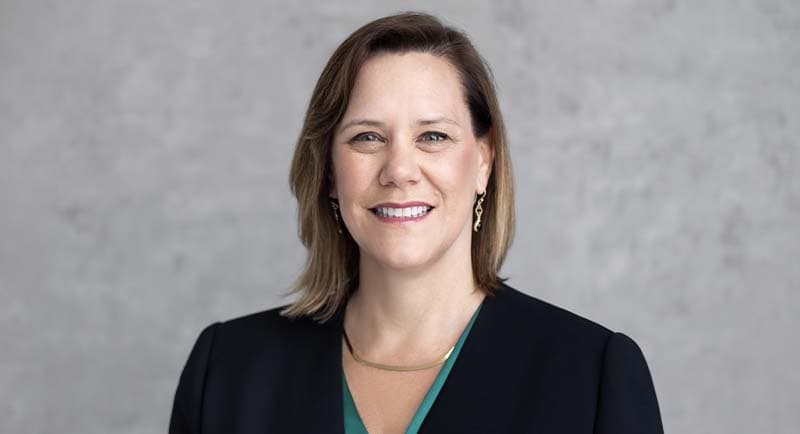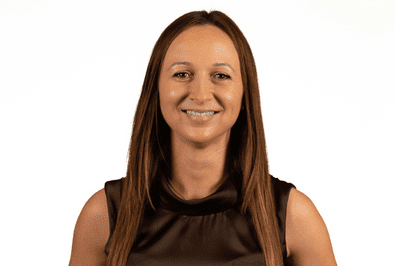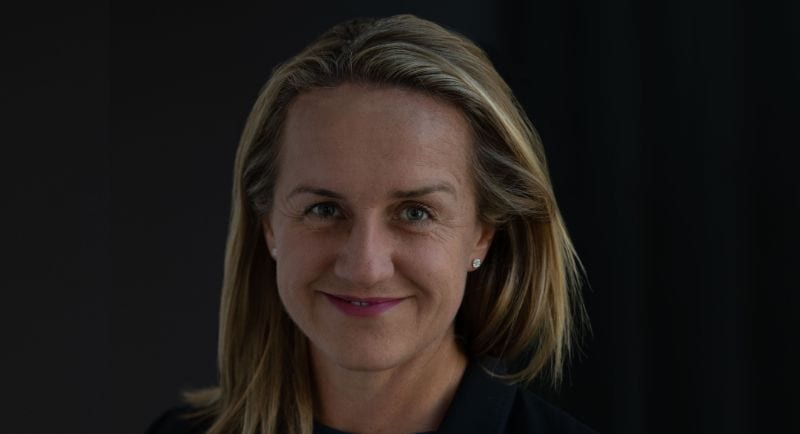While agencies have been “frustrated” over the delay introducing VOZ, OzTAM CEO, Karen Halligan, tells Mediaweek the new trading currency – which will take effect in December – is “hugely critical” to advertisers’ ROI visibility.
In a tough economic climate, Halligan said advertisers need to know where their advertising spend is going – “the outcomes that it derives, and that they’re getting value for money.”
“This step towards VOZ from TAM will get greater visibility around what they can expect from ROI, and the performance of their media dollars.”

Karen Halligan
Last week, OzTam announced that VOZ will become Australia’s trading currency on Sunday 29 December 2024, following its introduction in January. TV network annual rate negotiations for CY25, which start in Q4 this year, will be based on VOZ Total TV data.
Produced and delivered by Nielsen, VOZ delivers de-duplicated audience estimates across all linear TV and BVOD to produce a national picture of viewing, and introduces a currency for BVOD viewing – including co-viewing on connected TVs – for the first time.
Halligan confirmed that TAM data will sunset in December in the public domain, but added that “broadcast partners will still have access to certain data for their own internal evaluations – and I think that makes sense, because it’s available slightly earlier in the day. But the rest of it will swap over.”
Halligan added she’s “really proud of how we’ve come together, how we’ve collaborated with the industry, and that we’ve got this broad support – which hasn’t always been the case in the past. It’s been a major undertaking, and one that we’re really pleased to have got to an outcome.”
As a member of the VOZ steering committee, Joanna Barnes, chief investment officer of PHD, told Mediaweek that “the complexities around VOZ are regularly misunderstood and underestimated.
“We have been frustrated over the delays and the timeline, however we’ve also made a conscious decision to lean in and be part of the solution because it will benefit all advertisers.”

Joanna Barnes
Despite setbacks, Barnes added the transition will “advance the data set we use to evaluate one of the most important channels in the Australian market,” and that the move will be “great for advertisers if you have the scale and capability to harness the new opportunities that VOZ offers.”
“For PHD and Omnicom, we have spent 18months+ working with VOZ datasets and our market leading partners such as Day8 to deliver improved outcomes for our clients, and rigorous testing has been consistent throughout this period.”
From an agency perspective, Ros Allison, head of product and innovation at Magna, also told Mediaweek that “while VOZ enables a more complete picture of ‘Total TV’ viewing, it has created different silos around other streaming and digital video.”
Despite this, she said VOZ has “the capacity and the rigour in methodology to include big data sources,” but that requires industry engagement from subscription TV and ad-supported streamers as well as internally amongst broadcasters.

Ros Allison
“We urge the formal development of joint industry collaboration to advance research quality, mandate audit level transparency in audience measurement, and promote improvement in total market measurement standards,” Allison said.
The move to VOZ as a trading currency is backed by the wider industry, with industry consultation and collaboration across TV networks, Regional TAM, the Media Federation of Australia (MFA), Independent Media Agencies of Australia (IMAA), the Australian Association of National Advertisers (AANA), Nielsen, and third-party software suppliers.
Halligan added that television is “an important part of the media mix, and also an important part of our society.”
“All channels have a role in the media mix. Television plays a reach role, and it does it very well.
“Yes, audiences are changing, they’re shifting and fragmenting to different areas – but television is still a mass media channel, it’s still reaching 75% of the Australian population on a weekly basis. It’s still a large audience profile, and an opportunity for advertisers.”
Having already collaborated with the industry to get to this point, Halligan said the next few months in the lead-up to the changeover will involve making sure that the December transition is as smooth as possible.
“We’re developing trading assets, we’re working with the Media Federation to update the TV Fundamentals training, we’re providing information sheets with answers to major questions we got from agencies. So for instance, how do I deal with a trend break in econometric modeling? We’ve got a whole list of assets.”
–
Top image: Karen Halligan
